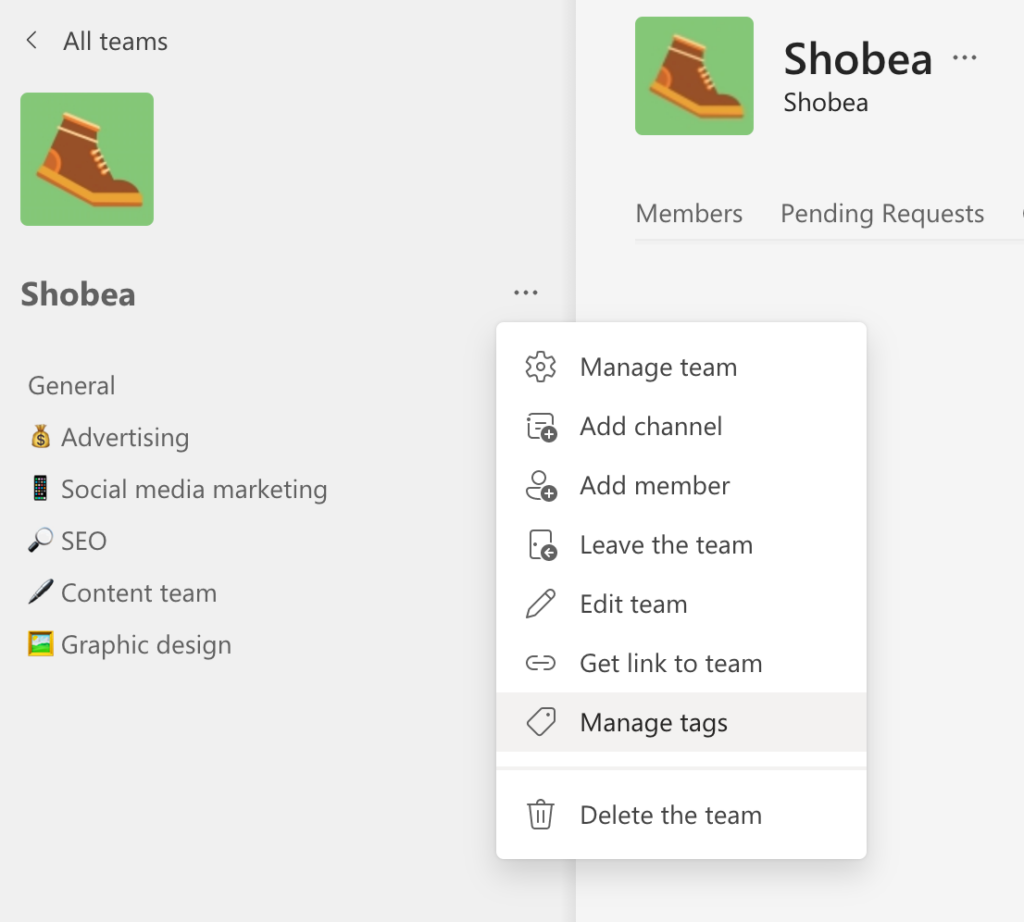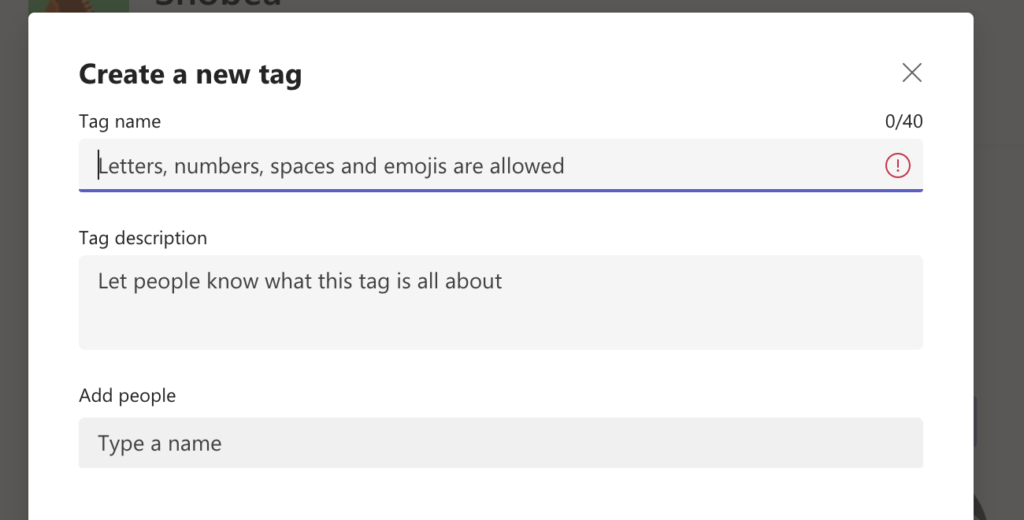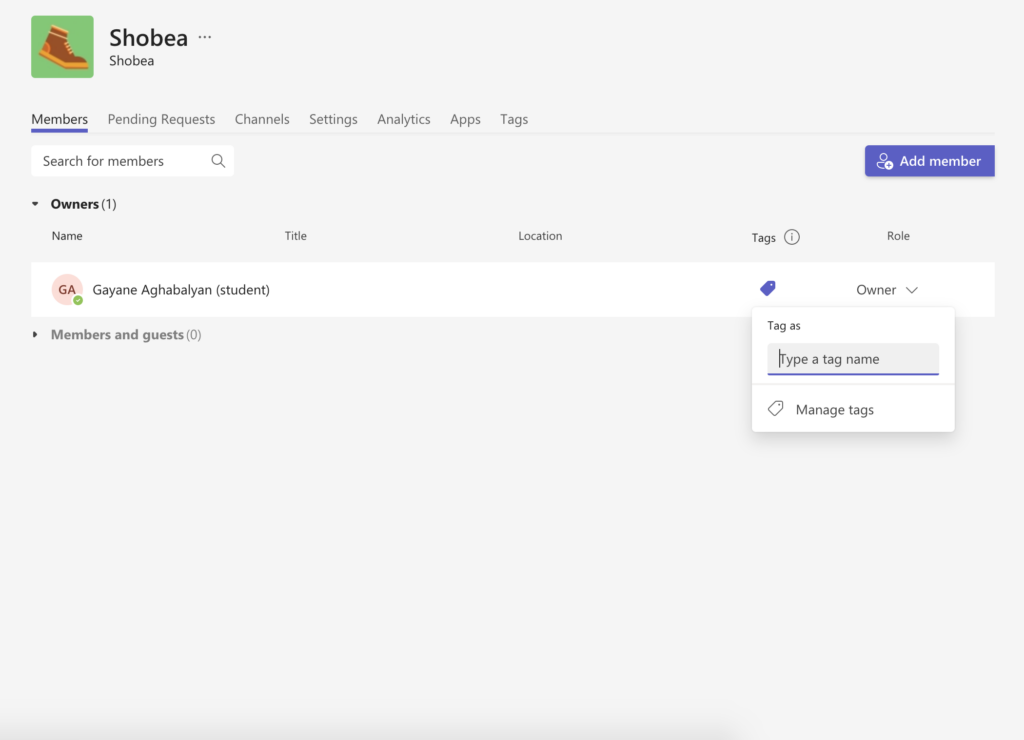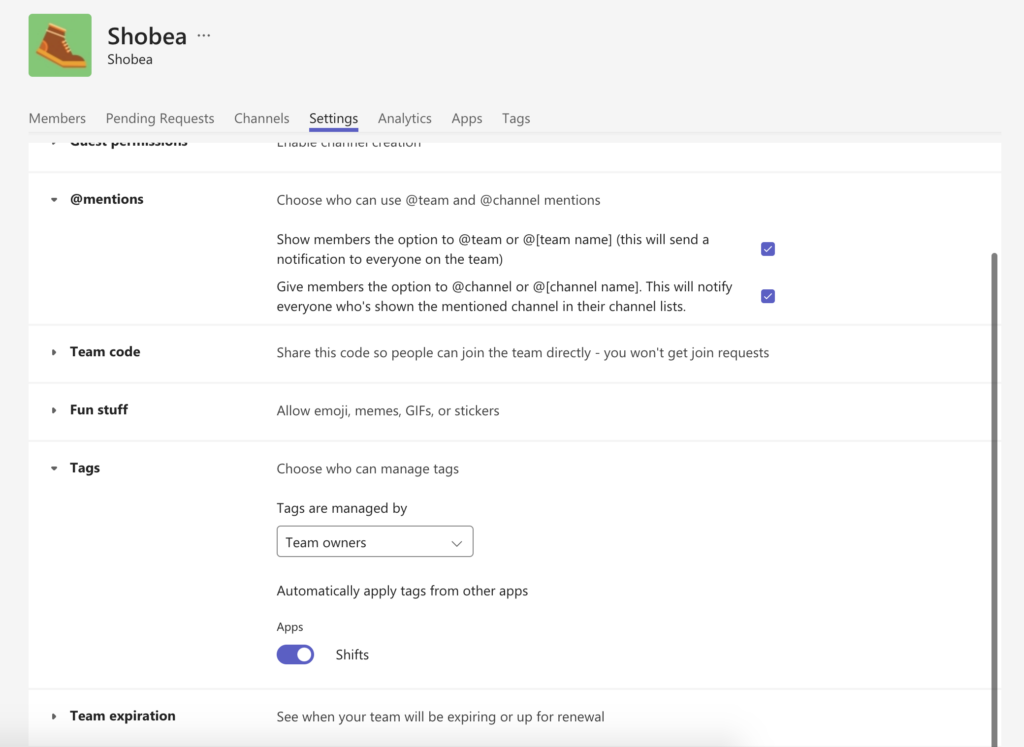Microsoft Teams has lots of features and capabilities that enable organizations to collaborate in the best possible way. It’s hard to keep track of all of them, of course. And sometimes even the simplest ones are overlooked. Microsoft Teams tags are one of them – a feature so simple, users might think it’s not that important. However, simplicity has proven to be the ultimate sophistication, and similarly are tags in Microsoft Teams. If used properly, they maximize performance and increase active engagement between team members.
This article will introduce Microsoft Teams tags, their usage, advantages, and some real-life use cases to demonstrate how users benefit from them.
About Microsoft Teams tags
Tags in Microsoft Teams are organizational units used to ease communication by allowing users to contact subgroups of people instantly. Their functionality is pretty straightforward: group users, categorize them based on their attributes, tag them properly, then connect with them all at once via their tag.
You can use tags to group engineers working on a single project from different departments, remote-working employees worldwide, or various professionals who can contribute to fixing IT issues. It’s up to you to decide who the people are and what tags can describe them best. The main point here is the ability to reach out to them quickly and efficiently in a broadcast-like functionality.
There are two main types of tags in Microsoft Teams, Custom Tags and Tagging by Shift. Although both types organize communications, their usage differs.
Custom tags
As the name suggests, users can create custom tags to group people. Whenever there is a need to notify everyone tagged, simply @mentioning the tag name sends them all a notification.
For example, tag all sales team members in one group and name it SalesTeam. Suppose you’ve written comment with some instructions about a new onboarding process. You might need to notify the sales department about it. Instead of having to mention them one by one. You can only mention their tag @SalesTeam, and they’ll receive the message at once.
Tagging with Shifts
Shifts is a time arrangement app embodied in Microsoft Teams for organizing shifts and working hours. It enables creating groups of employees and assigning them shifts and schedules. The uniqueness of Microsoft Teams tags is the ability to tag everyone on a particular shift by mentioning the shift name.
For example, create a group for the morning shift that includes all employees working before noon regardless of their positions or departments. Mentioning all those employees is applicable without typing their names one by one. Only typing the shift name is enough, and everyone on that shift will receive a notification.
At a first glance, tagging with shift might not seem that important. When team leaders have to deal with many employees working on different time shifts and time zones, the ability to identify people by their working hours becomes significantly beneficial.
How to use custom tags in Microsoft Teams
The following specs describe custom tags:
– Channel-oriented: every channel has its own tags that can’t be used outside.
–Easy to set up and manage: creating custom tags is a pretty straightforward process available by two different methods. Moreover, deleting and editing tags is also possible.
-Accessible: every member in a channel can create tags, and everyone on that channel can use them. Tags can be used to start a conversation with those assigned.
-Limited: every channel is allowed 100 tags; a single tag can be assigned to 100 team members, and up to 25 tags can be assigned to a single team member.
Creating custom tags
There are two ways to create custom tags, either by Manage Tags or Manage Members.
Through Manage Tags
Follow these steps to create custom tags:

- Select the Manage Tags from the team’s option
- Click on the Create a new tag button in the center

- Enter the necessary details more specifically, name the tag, add a description and the members
Remember to repeat this process for every team you have if you want to use the same tag across multiple teams
Deleting a tag is available via Manage Tags, but all members assigned that tag have to be removed then it would be possible to remove the tag permanently.
Through Manage Members
- Select the Manage Team from the dropdown menu next to the team
- Go to the Members section

- In the 4th column, you’ll see tags, click on the tag icon and type up a custom tag name for that particular member.
Who has access to tags in Microsoft Teams?
Another essential piece of information Microsoft Teams users should know is how to set up the permissions for adding and editing tags. The collaboration platform allows setting who can add tags and edit them. It’s possible to enable all team members to add tags or only team owners.

However, it’s recommended to keep a certain level of control over who can create tags. Because allowing everyone to create tags will result in a distracted tagging structure.
How to use Microsoft Teams tags to your advantage
The best way to describe the advantages of using tags is to showcase real-life examples:
First scenario: law firm
Suppose a law firm with dozens of lawyers specializing in various jurisdictions. When a new client hires their services, the account manager uses a general discussion channel to consult all lawyers about regulations. Mentioning a group of lawyers in comments makes it easy to communicate with them. The benefits are the following:
- No need to memorize the names of lawyers of each jurisdiction. Whenever a new lawyer joins the company, tags are assigned properly.
- Fasten the communication process and foster collaboration.
- Ensure everyone on the team is notified about discussions and never miss anyone, especially in large teams.
Second scenario: retail store
A fashion boutique management uses Microsoft Teams mainly to organize supply chain and inventory. Suppose tags were created to categorize team members by their location. When a discussion arises about inventory checks, different teams can be mentioned according to their sites. Moreover, the manager mentioning them might never know anyone in person, and tags are enough to organize the communication. The benefits are the following:
- Large teams far from each other can easily communicate without having to know each other’s names.
- Save time introducing people to each other and reduce admin work in adding/updating contacts for every employee
Investing in technologies is a must to add a competitive value to any business. However, using a powerful collaboration tool such as Microsoft Teams is by far a wise decision, especially with its multi-functional features encouraging communication on a scale.
Despite being a simple feature, the advantages behind tags are way beyond anyone’s expectations. Big teams can benefit massively from tags if implemented correctly and efficiently. Planning the way tags are structured is vital to ensure collaborative use.
